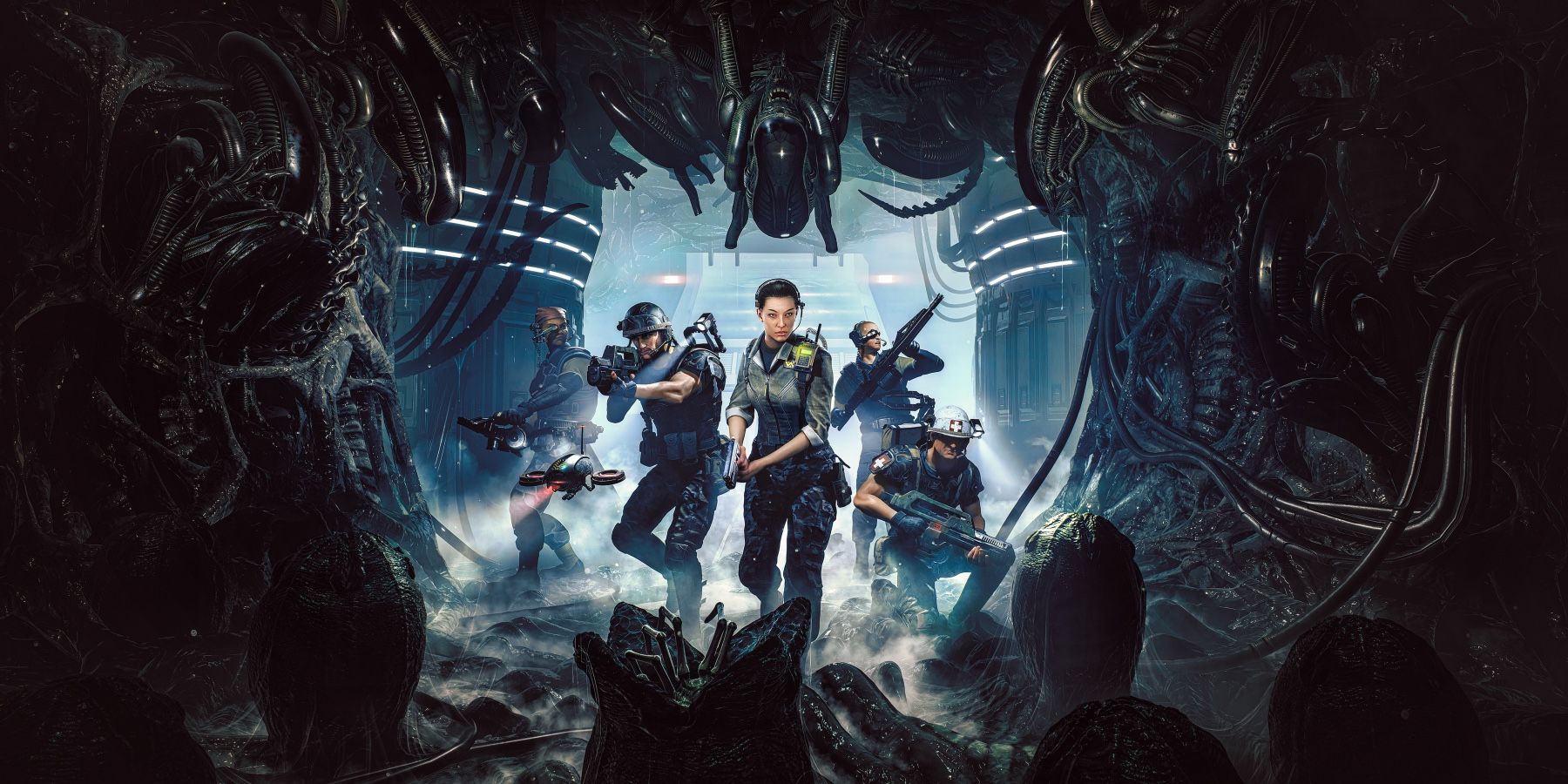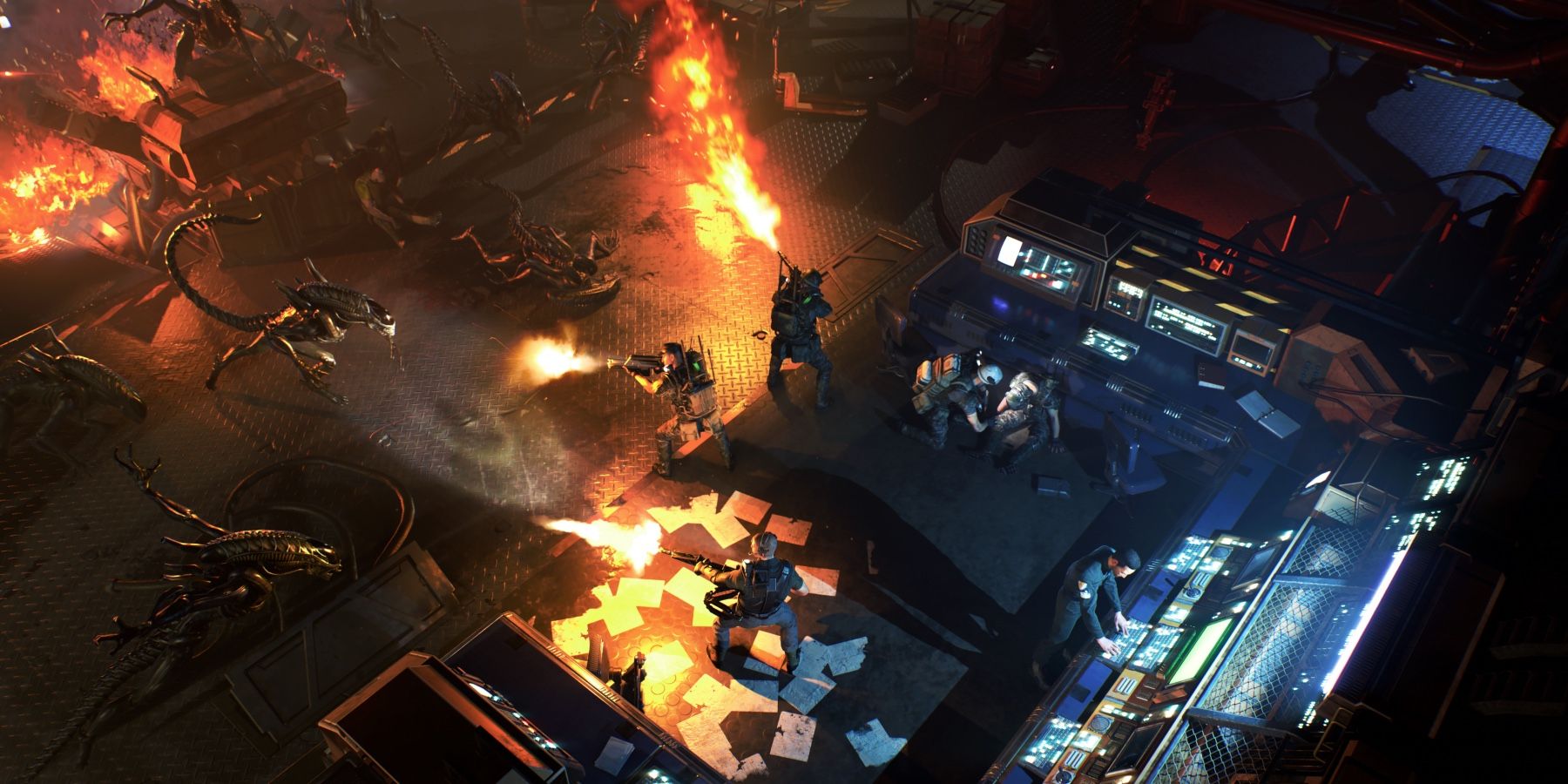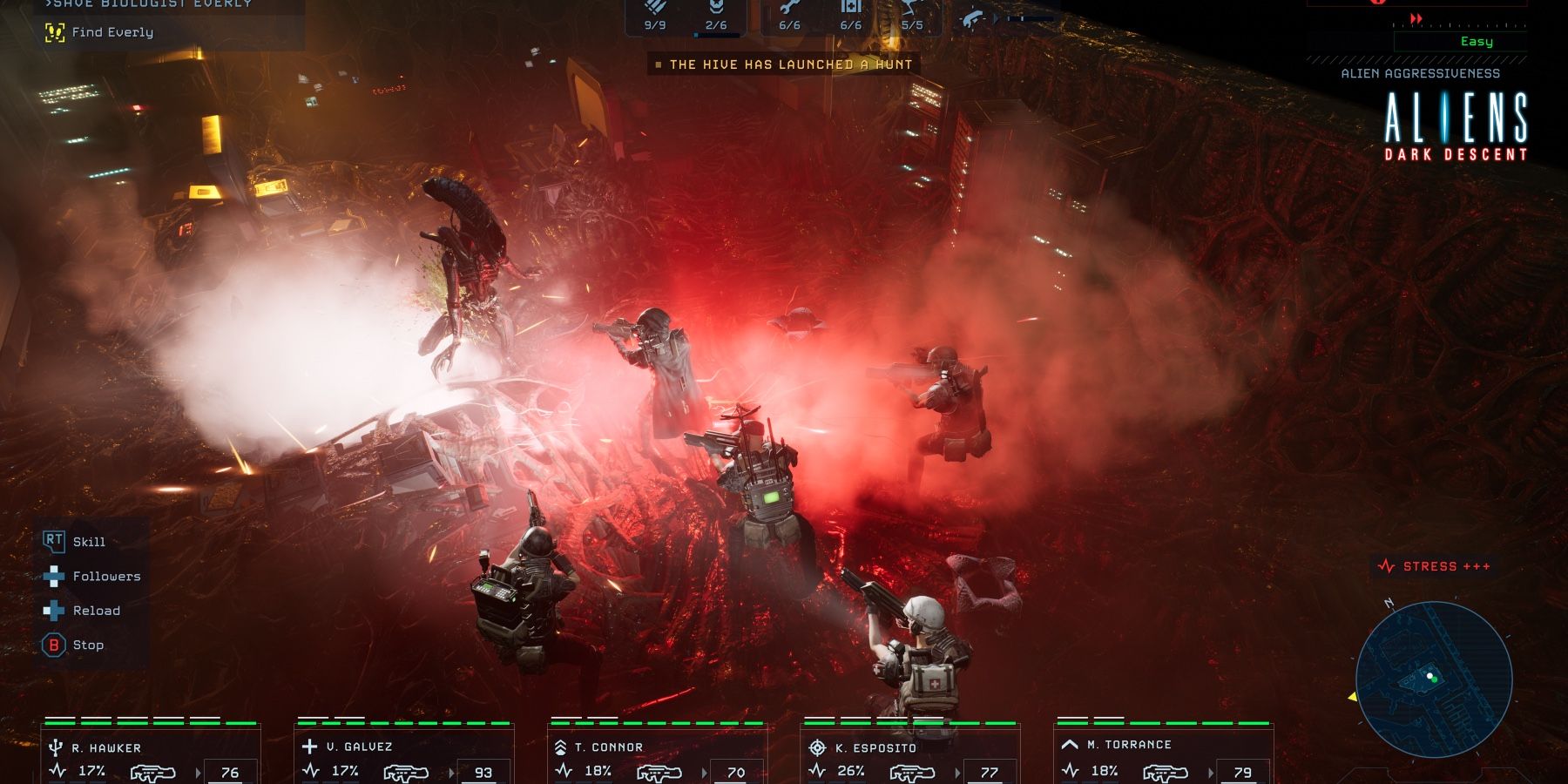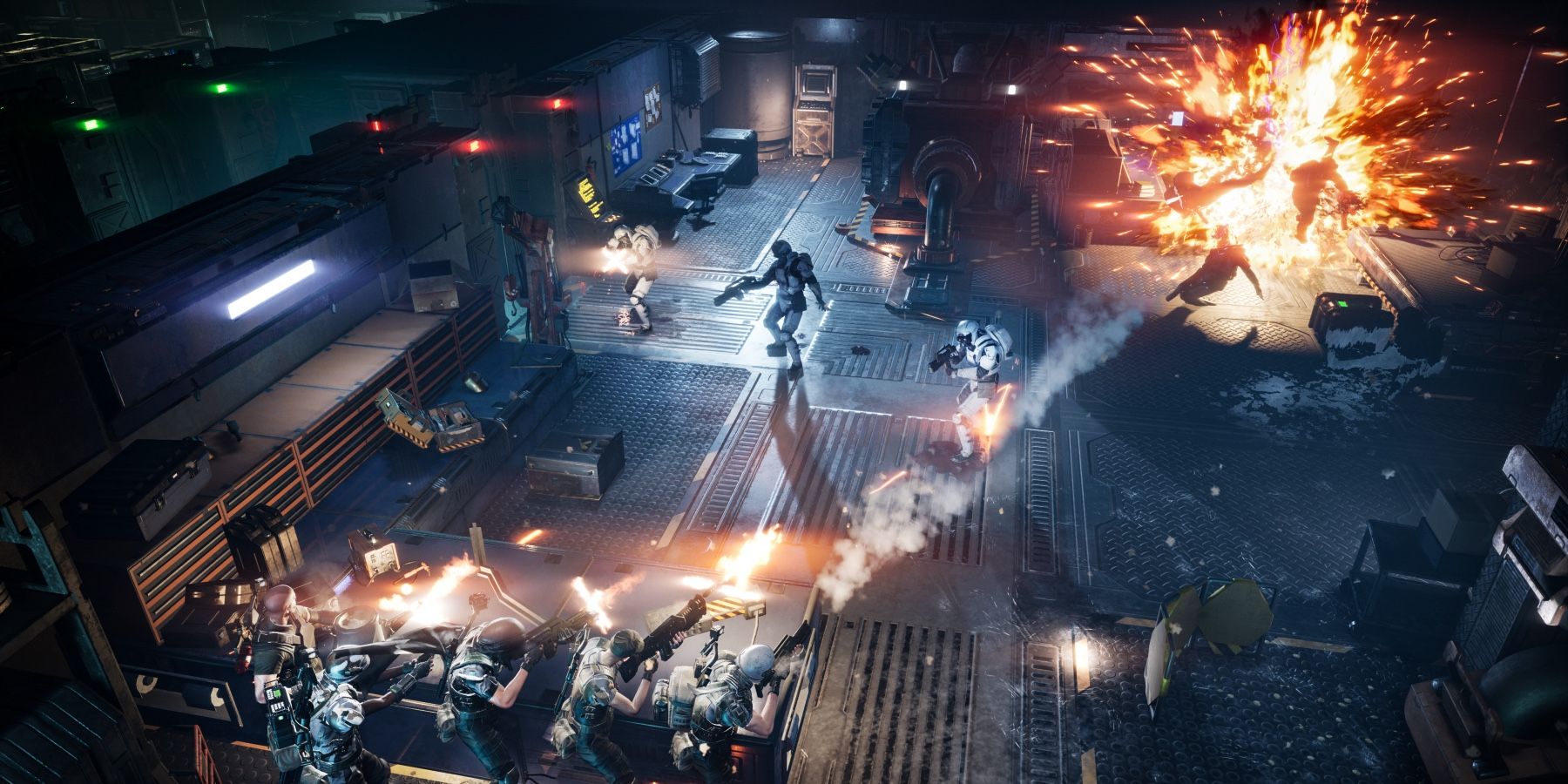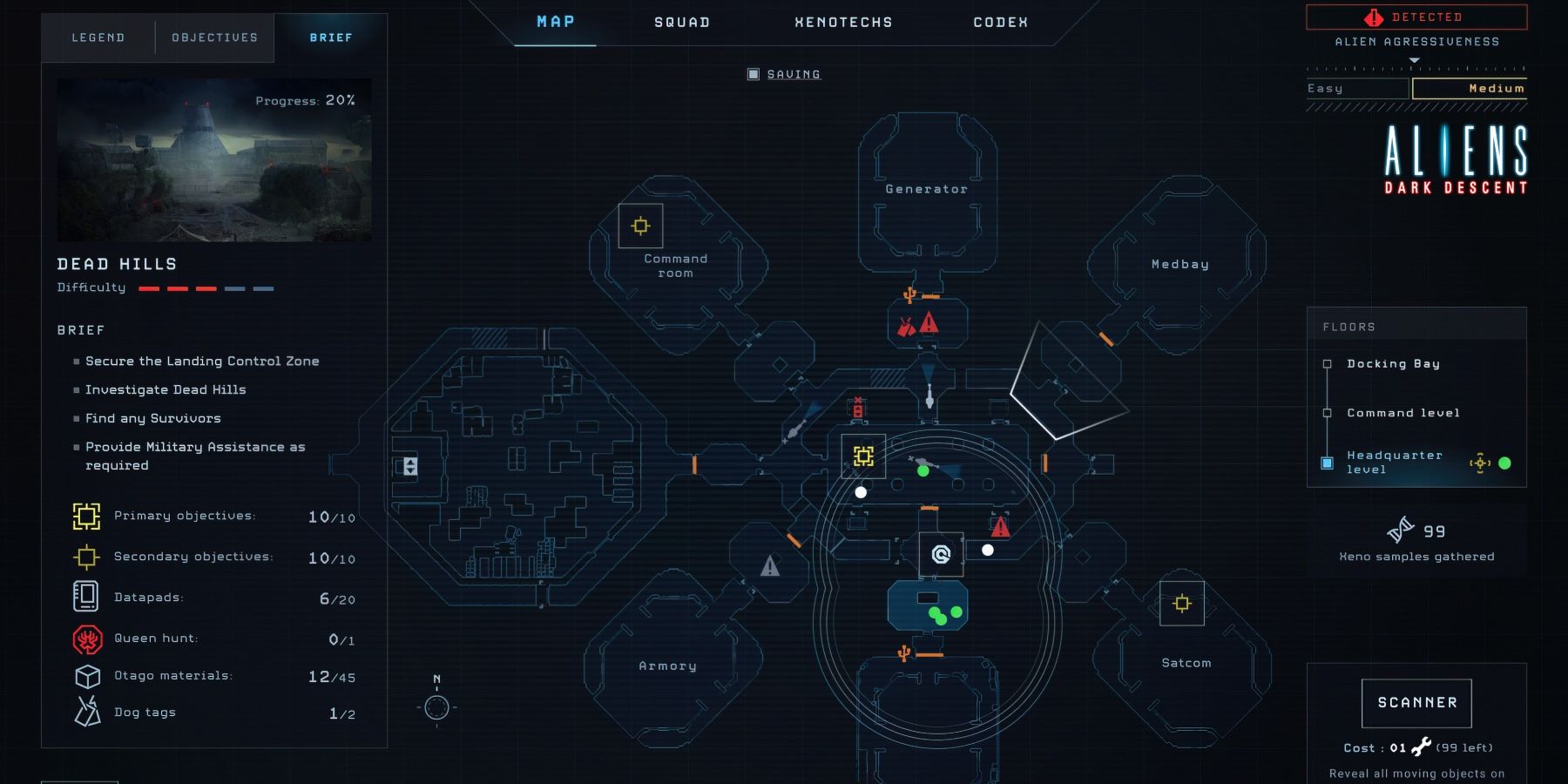Aliens: Dark Descent gets a lot of things right and has some interesting ideas, but for all its successes, it still manages to get in its own way more often than it should. It's full of fun and tense action, but bugs, doddering exploration, and too much waiting around slow things down. However, if players can power through its barricades, Aliens: Dark Descent will be waiting on the other side with some rewarding, tactical gameplay.
The library of Aliens video games features some less-than-stellar entries. Peppered with a few triumphant exceptions like Alien Isolation with its incredible Xenomorph AI, or the classic Aliens Vs. Predator titles, the franchise has created its own curse of Alien games. Despite plenty of disappointments, fans held high hopes for Dark Descent, and in many ways, their optimistic view has been vindicated, despite the game's foibles.
Aliens: Dark Descent unfolds from the perspectives of Weyland-Yutani administrator Maeko Hayes, and, to a lesser extent, USS Colonial Marine Jonas Harper. Treachery kicks off a chaotic spiral, resulting in the convergence and forced partnership of the two protagonists, and culminating in a crash-landing on a moon called Lethe. Host to a collection of struggling mining colonies, Lethe has seen better days and its citizens are struggling to get by. All the while, a nefarious faction is emerging from the shadows with dark designs for the moon (frequently referred to as a planet in-game) and its inhabitants.
The game plays out in two primary modes. Similar to the missions and base mechanics of the newer XCOM games, players will split their time between deployments on the Xenomorph-riddled planet, and hanging out on the Otago (their crashed ship) to heal marines and develop upgrades. However, if players were hoping for something akin to XCOM's level of base customization, they'll be let down. There are five static departments where actions can be taken like healing, training, and weapon development but these functions stay the same throughout the game, excluding a couple of early story beats in which new possible actions open up. This game doesn't have to compete with XCOM, but even without that comparison, time spent on the Otago feels pretty humdrum.
Players will spend the majority of their time on deployments, usually on Lethe's surface. Before a mission kicks off, the player selects four marines and their kits, along with a selection of squad-wide resources like medkits, sentry guns, and tools that serve a few different purposes. The soldiers start as rookies and, as they level, can specialize into one of five roles. Each marine has a negative trait, such as "unfit" which detracts from that soldier's max health. These traits create an added wrinkle to team composition, and ensuring the team is not too detrimental to itself becomes a fun mini-game. Later upgrade options deepen this balancing act, and some intentional decision-making can result in very effective groupings.
Missions have players pursuing a series of objective markers while combating enemy units, though avoiding detection in Aliens: Dark Descent is often a much better choice. It's hard not to glaze over any context or purpose given to the quest markers, as the moment-to-moment details of what the characters are actually doing is barely important. There's very little to push players forward aside from a general sense of "go here, do this thing," and the important narrative developments play out in cutscenes between missions anyway. Luckily, all progression is saved if there's ever a need to extract a squad before the deployment is complete, and there will definitely be times when retreating is the best option.
Whenever the team is spotted by an alien, the "Alien Aggression" rating starts to climb. The rating goes from easy to medium to hard, each level dictating how many Xenomorphs will be present in the level. If the aliens have a line of sight on the marines, they are considered "Detected" until the Xeno is killed or the marines escape. When no longer detected, the squad enters a "Hunted" state, which slowly fades away as long as they aren't spotted again. Throughout the Detected and Hunted phases, the Alien Aggression meter ticks up, only pausing when a hunt fades.
As the marines encounter more Xenomorphs their stress will continue to rise. At 100%, a random stress effect is added to each unit. The stress then rolls over to the next level and starts again at 0%. If not dealt with, it will continue to rise, reaching 100% again and adding another effect. To reduce stress in Aliens: Dark Descent, the squad can use a resource to weld certain doors closed, making a safe room where they can rest. Resting not only heals stress, but also saves the game and provides a number of other benefits that can be improved with upgrades. Finding these rooms is always a relief and a great way to regroup after a few intense encounters.
A helpful map shows the movement of many enemies within a certain radius of the squad, which allows for a lot of tactical planning. A starting ability allows the team to set down a sensor, revealing enemies within its area even when the squad has moved on - an essential tool in the player's kit. Unfortunately, far too much time is spent glued to this map, watching and waiting for enemies to stroll by on their casual patrols. There are ways to speed this along, like laying mines in a unit's path or distracting it off its course with the Tecker's drone buddy, but often when one unit is cleared, another takes its place soon after, resulting in even more waiting around or backpedaling.
The squad controls as a unit so directing the soldiers to move somewhere will move them all. If ordered to open a chest or interact with an object, the game automatically assigns one member to do so while the others continue on the path. In most cases this is a great feature, eliminating the need to micromanage each individual character and it keeps things moving smoothly. However, there are many instances where it's necessary to keep a tight rein on the speed of the team - clicking somewhere makes them walk, while double-clicking makes them run. There are often Xenomorphs skulking in vents who don't immediately jump out, but will pounce if marines run by, so it's in the player's best interest to move with caution and walk if there's any uncertainty.
Unfortunately, the need for such caution and the wait-and-watch enemy monitoring can really slow down the action, and not in a fun, tactical sense. Rather, at its worst, Aliens: Dark Descent slows to a crawl, lacking the urgency and tension that some of the best sci-fi real-time tactics games manage to nail. Slowing things down further, survivors can be saved and brought to the transport vehicle, then recruited to help the campaign, but doing so can be a drag.
Aliens: Dark Descent shines when it allows for strategic planning. Too often, a situation will go bad without the cause being entirely clear, and before a player knows it they're backpedaling frantically, desperately blasting Xenomorphs with a shotgun. But the game is also good at telegraphing when an area will play host to a firefight, both implicitly and explicitly. These are fantastic touches, and really allow players to scope out the landscape and make the most of their abilities, equipment, and tactical foresight. Nothing feels better than watching a horde of Xenos wade into a fortress of well-placed mines and sentry guns.
The follies of Aliens: Dark Descent can be bothersome and tedious, but bugs heighten the frustration. On more than one occasion, when attempting to make a safe zone, the game either wouldn't save as it's supposed to or simply wouldn't create a safe zone at all. Several times, either the "select" or "interact" inputs would stop functioning and while a reload seemed to fix both of these problems, not to mention crashes that force a restart. A graphics driver release did fix some issues but in its current state, the game can be incredibly frustrating.
Aliens: Dark Descent takes place in a setting that could have been a fantastic place to unveil some gripping sci-fi drama or lore, but instead it's basically just a point-and-click sequence. Even without tripping at the finish line, Aliens: Dark Descent has enough issues that prevent it from excelling. There's fun to be had here, with some great mechanical choices and tactical possibilities that keep the excitement high. It's not the weakest in the history of Alien games, but it's too close to the middle to be memorable.
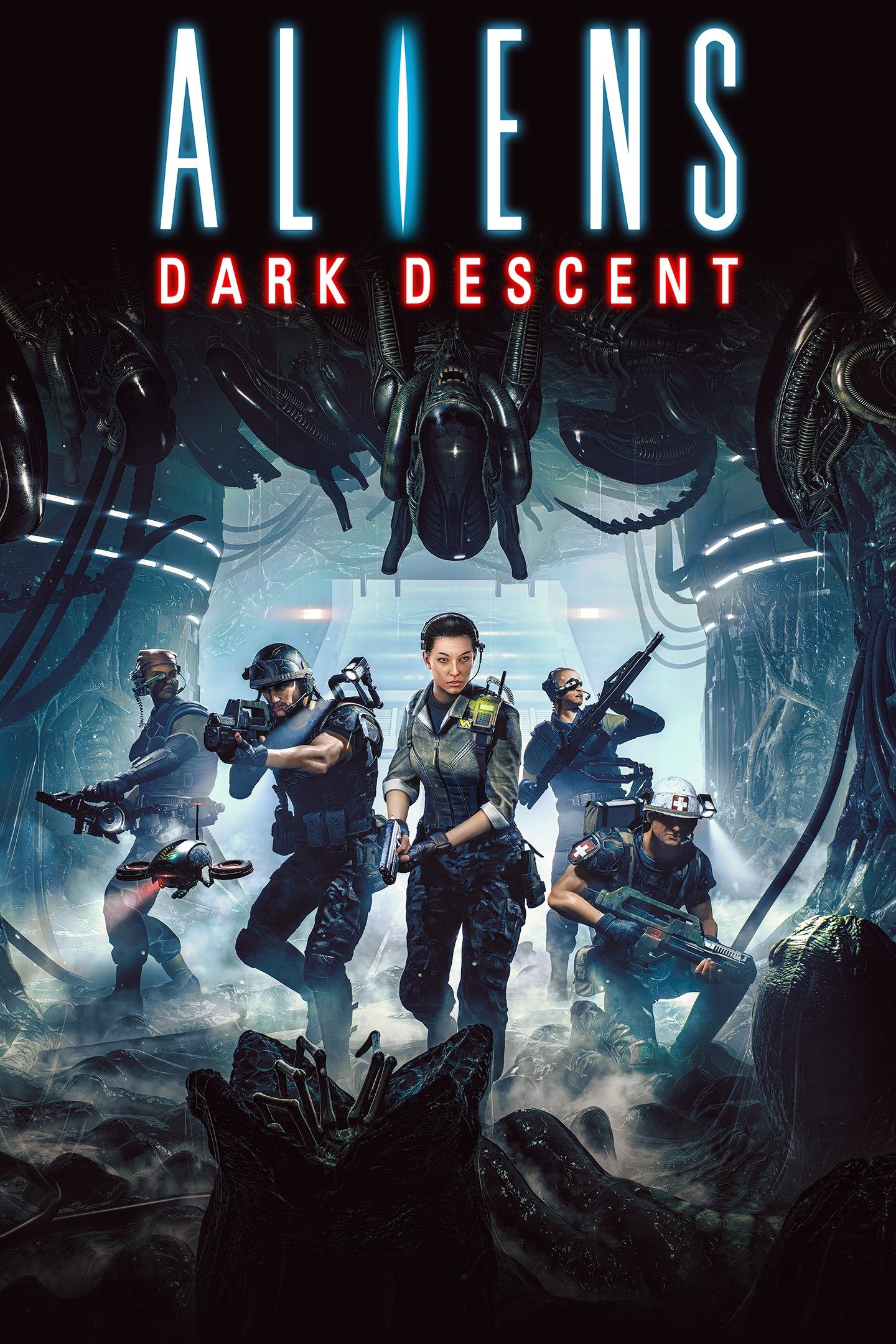
Aliens: Dark Descent
Tindalos' Aliens: Dark Descent is a real-time strategy game set a few decades after the events of 1992's Alien 3. Set on a moon station, missions pit squads of colonial marines against Xenomorphs and also human agents. Aliens: Dark Descent features permadeath, character classes, customization, and a stress mechanic.
Aliens: Dark Descent is available now on PC, PS4, PS5, Xbox One, and Xbox Series X/S. Game Rant was provided a PC code for this review.

